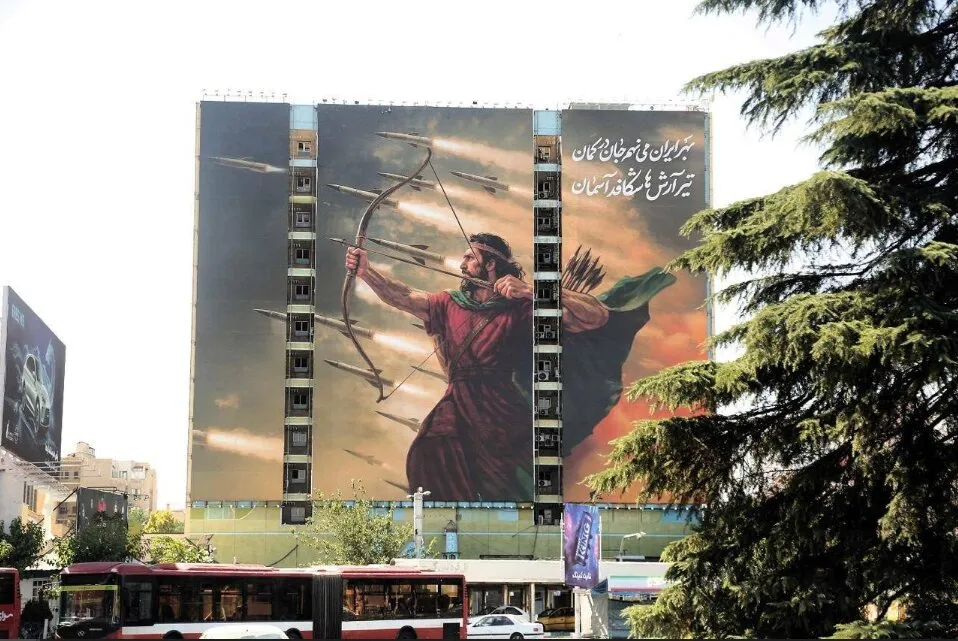
During the recent 12-day conflict, the Iranian regime’s propaganda apparatus operated at full throttle—targeting both domestic and foreign audiences with a calculated campaign of patriotic messaging. State-affiliated media, social influencers, and even bots amplified slogans of unity, resistance, and national pride. Notably, the regime invoked rare symbols from Iran’s pre-Islamic past—inviting comparisons to ancient heroes and mobilizing hashtags intended to evoke a sense of historic resilience.
The imagery was unmistakable: Iran stood tall, its people united behind the Islamic Republic in the face of Israeli aggression. Surprisingly, some foreign outlets echoed these narratives, lending credibility to the regime’s message.
But as outside observers, we must not be swayed by the Islamic Republic’s propaganda machine. We must question the claim that Iranians rallied in support of the regime. Just because state-controlled platforms are saturated with patriotic slogans doesn’t mean the public has internalized them. In fact, the opposite may be true. A growing wave of satire, memes, and dark humor circulating within Iran reflects deep skepticism and quiet resistance. Many Iranians see through the regime’s performative nationalism—and they are responding with coded, subversive commentary that flies beneath the censors’ radar.
When the regime declares “victory,” we have an obligation to assess such statements with sober, objective analysis. On what basis is the claim made that the people stood behind the regime during these attacks? Because they didn’t rise up in protest?
That logic is deeply flawed. Are we seriously expecting civilians—living under aerial bombardment, facing pervasive surveillance, and subject to brutal repression—to organize street demonstrations under fire? And with the regime’s coercive apparatus still largely intact, what kind of protest could realistically bring down the system?
As analysts and researchers, we must resist conflating imposed narratives with popular sentiment. Misreading silence as loyalty or mistaking caution for consent risks strategic blindness. The fact that people are not in the streets doesn’t mean they support the regime—it often means they are calculating, surviving, and waiting for an opening.
If we fail to remain objective and culturally attuned, we will once again be surprised when the next wave of protests erupts—just as we have been, time and time again.